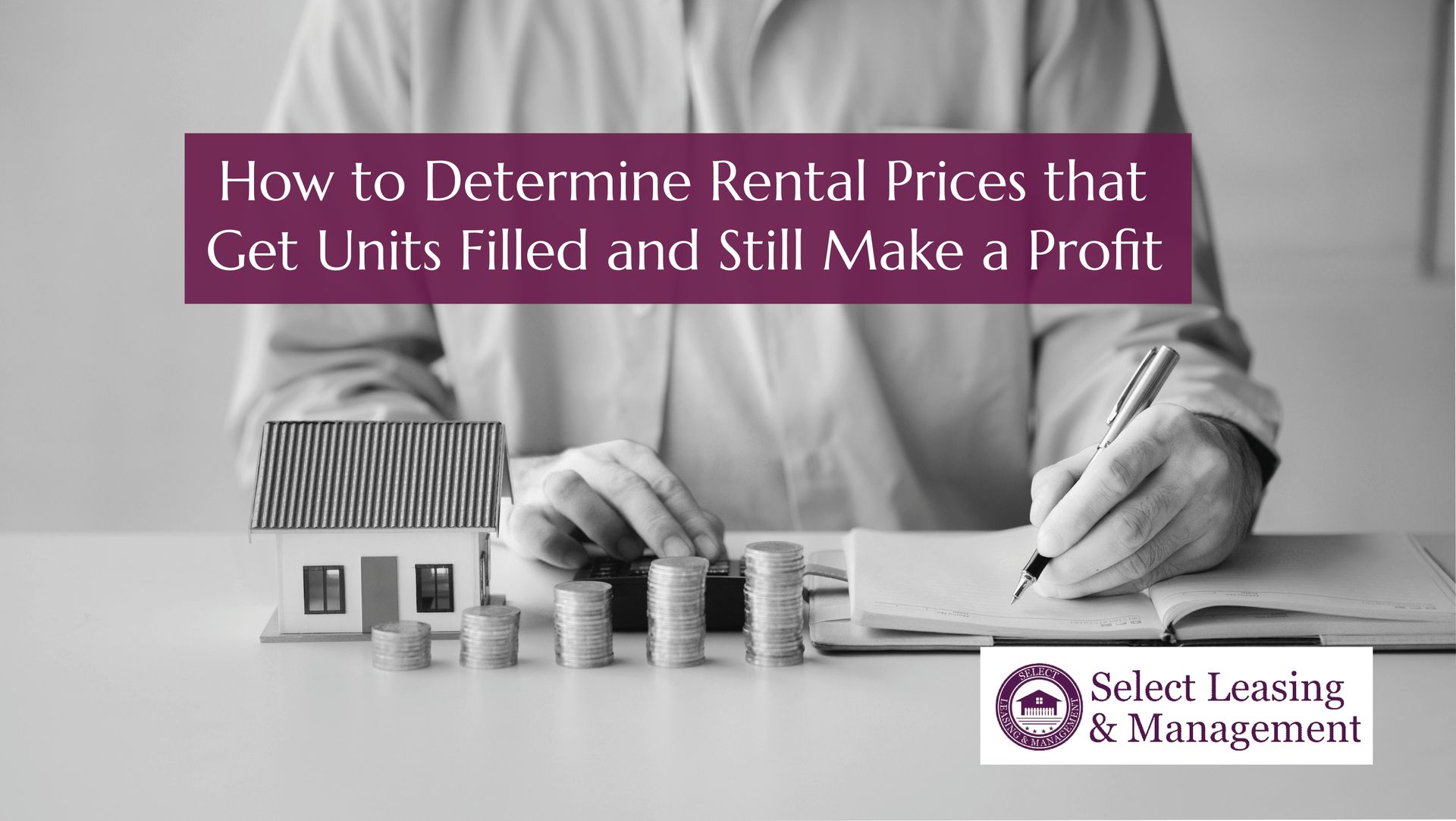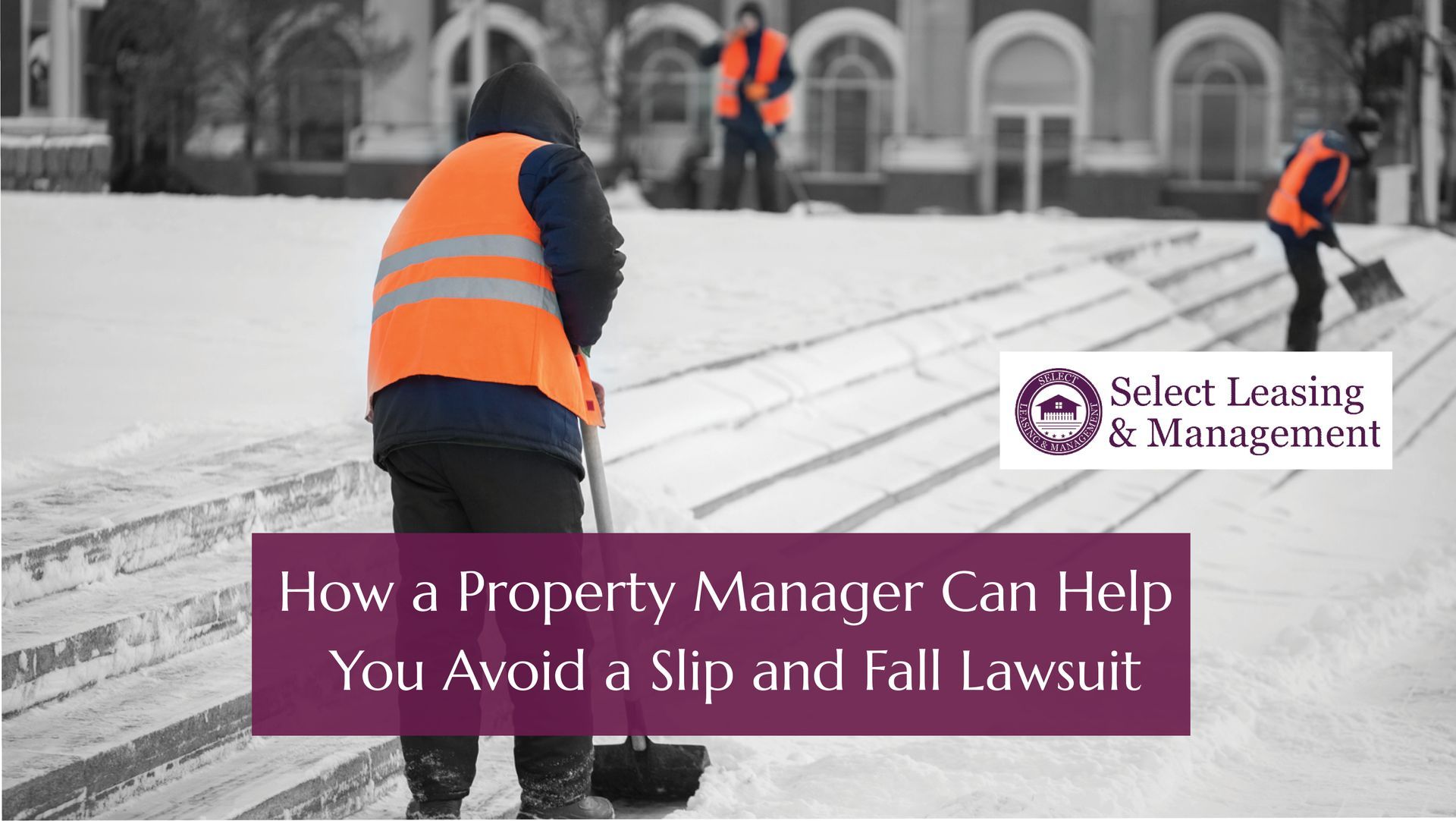What Can You Do When a Tenant Exceeds Occupancy Limits?

Occupancy limits set the maximum number of people allowed to live in a particular property. A typical lease should state occupancy limits for the house or apartment. When a landlord sees the same “extra” vehicles sitting in the parking lot of that property night after night for a month, it’s fair to assume the tenant’s “guests” are living there. Having extra people staying in a unit not only means the tenant is violating the lease, but it could result in the landlord having to deal with damaged property, hefty fines, and even a lawsuit.
Handling this type of situation can be tricky for property owners. They have to protect themselves while respecting tenant rights. It’s important to know how to tactfully approach renters who exceed occupancy limits before the issue gets out of hand.
Why Allowing Unauthorized Tenants is a Bad Idea
There’s a reason why landlords take the time to screen potential renters. A background check and financial inspection prevent criminals from living on the property and prove the tenant will be able to pay rent. People living on the property who are not on the lease is a recipe for disaster because:
- They may cause property damage. While authorized tenants should have renter’s insurance that covers damages to the property, holding a guest or unauthorized occupant directly accountable for damages can prove difficult for landlords.
- It poses a risk to other tenants. Having potential criminals staying on a property could be a danger to others living in nearby units.
- The lease is unenforceable. Landlords have little recourse if occupants who never signed the original lease are responsible for noise complaints, parking violations, or HOA concerns.
- In subsidized housing, a landlord can be accused of fraud. Unauthorized occupancy can lead to fraud claims if the authorized tenant does not report the income of the unauthorized occupants.
A renter might unintentionally break the rules by inviting a partner to move in or add a roommate to share costs. If this exceeds the occupancy limit, it should not be allowed. If the additional occupants are within the limit, they should be screened and added to the lease to protect the landlord from the above situations.
How Are Occupancy Limits Defined?
Occupancy limits vary between federal, state, and local laws. Missouri occupancy standards require landlords to allow two persons per bedroom, but the maximum number of people allowed to live in a unit depends on where the unit is located. For instance, some cities have rules that state every sleeping room used for single occupancy must contain at least 70 square feet of floor space, while if used for multiple occupancy, each person must have at least 50 square feet of floor space.
St. Louis rental properties require a Certificate of Inspection from the Housing Conservation District that assures they are safe and meet all appropriate codes. St. Louis County has a similar permit called a Residential Rental License. Based on square footage and the number of bedrooms, part of the licensing process dictates how many people can live in a dwelling.
Properties under HUD supervision may have different specifications. If an occupancy policy limits the number of tenants for any reason other than health and safety needs, landlords could risk charges of
discrimination against families. In 1998, Congress passed a law requiring HUD to adopt occupancy recommendations outlined in a Fair Housing Act memorandum called
The Keating Memo. Instead of simply limiting one bedroom to two people, it takes into account the size of the bedrooms, age of the children, and layout of the dwelling. For instance, a very small one-bedroom apartment would be limited to two adults, but a large one-bedroom unit could accommodate two adults and a teenager.
As long as it abides by legal occupancy laws of the state or city, a property owner can specify in a lease the number of people allowed to live in the unit. A property management firm or attorney will be able to verify whether those limits are within legal limits.
The Exception of Children
In general, an exception to occupancy limits can be made when a tenant has a baby within the lease period. But under the Fair Housing Act, it is illegal for HUD landlords to:
- Limit the number of children under 18 who can live in the rental.
- Discriminate against pregnant women or individuals and families who are in the process of adopting or securing legal custody of a child.
- Insert illegal lease provisions, such as one that says the rental agreement will end if a tenant brings children to live within the home.

Every Lease Should Include Tenancy Information
It’s essential to include a clear occupancy clause in the lease stating the expected number of occupants in a rental, and the names and contact information of all adults living there. This creates joint and several liability for all tenants on the lease, which means each is responsible for rent payment and damages.
A
lease should also include policies regarding how long visitors can live on the property before violating the lease, as well as circumstances
when the landlord is allowed to enter the unit. Once a tenant signs the lease, they are legally bound to its terms.
How to Handle Tenants Exceeding Occupancy Limits
Even if a landlord or property management firm is certain a renter is allowing unauthorized people to live there, they have to be careful about violating tenant rights. Entry into the unit requires plenty of notice, since tenants may sue their landlord for breach of contract if they enter the unit without permission. Illinois requires landlords to notify tenants at least 24 hours in advance when they need to enter a rental. Most St. Louis area property managers have adopted the same policy, and many even settle on an agreed-upon time.
Long story short, it is against the law to just barge inside and catch someone who isn’t supposed to live there.
Write a Reprimand Letter
As a first line of communication, writing a letter allows landlords to remind tenants of the rules outlined in their lease. The letter should explain the issue and what needs to be done to remedy the problem. It should be polite but clear and concise, and include:
- Tenant’s name and full address
- The date
- A subject line stating the purpose of the letter
- Expectations (long-term guests are not allowed as stated in the lease)
- The required timeline (have them move out within 30 days or by a specific date)
- Signature by the property manager or owner
Hand delivery or posting it on the rental unit’s door are acceptable. Legal notices should be sent via first-class, certified mail, or a professional server.
If a tenant is interested in rectifying the situation, they may ask to come to an agreed-upon clause to the lease. For instance, if legal occupancy limits won’t be compromised by adding the person to the lease, a property owner could agree to do a background check before adding them. Or, if the long-term guest agrees to start paying additional rent (again, as long as it's legal), it can be written into the contract.
Begin Notice of Eviction
If the unauthorized renter remains on the property after the required timeline and the tenant has ignored the letter, the landlord can begin the eviction process by taking the following steps:
- Inform the tenant the property owner has a legal right to enter the unit as outlined in the lease.
- If they still refuse entry, issue a seven-day notice to cure and post it on their door. A notice to cure is a letter warning them of their violation and what they must do to avoid eviction.
A Property Management Firm Can Write Letters, Gain Access to Properties, and Handle Evictions
Dealing with tenants who are not abiding by lease terms is time-consuming and complex. A property management company knows the appropriate legal steps required to correct the situation and if necessary, evict the tenant. For many landowners, hiring a property management company means less stress and anxiety, and more time to manage your investments.
Contact
Select Leasing & Management today to schedule a time to speak with our professional property managers. We are confident our solutions can help you succeed!
Cover image by Ron Lach by Canva.com
Share this post










